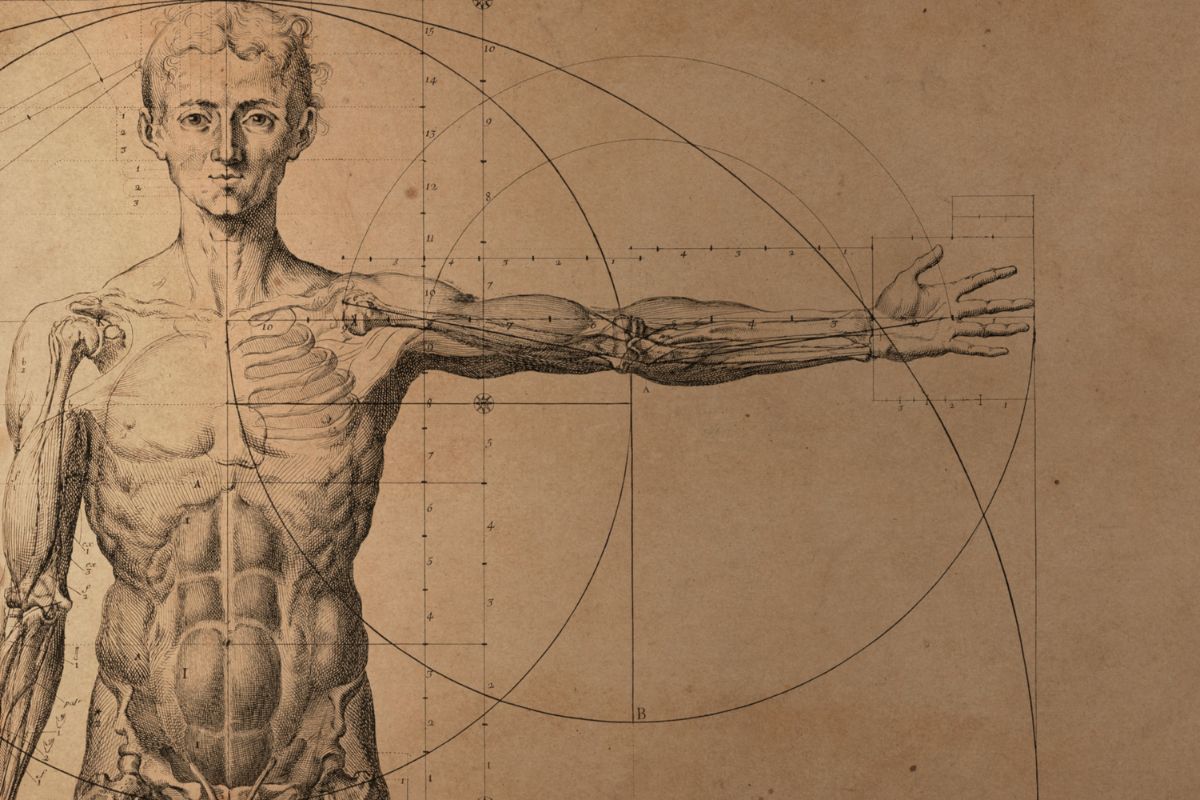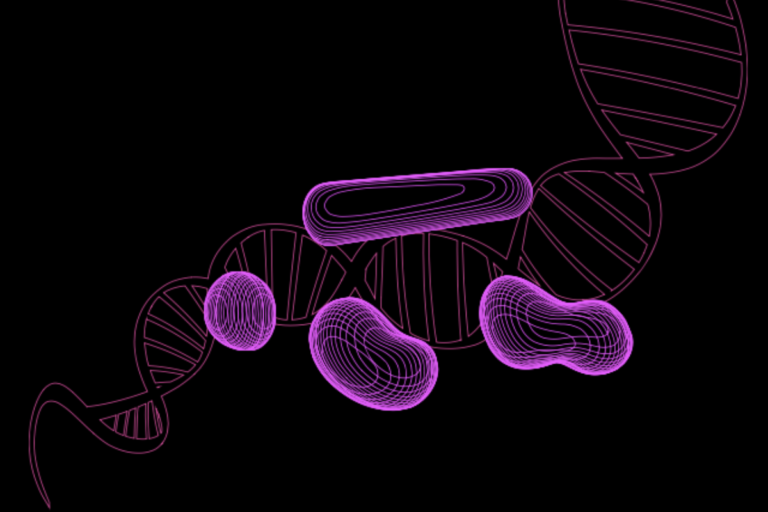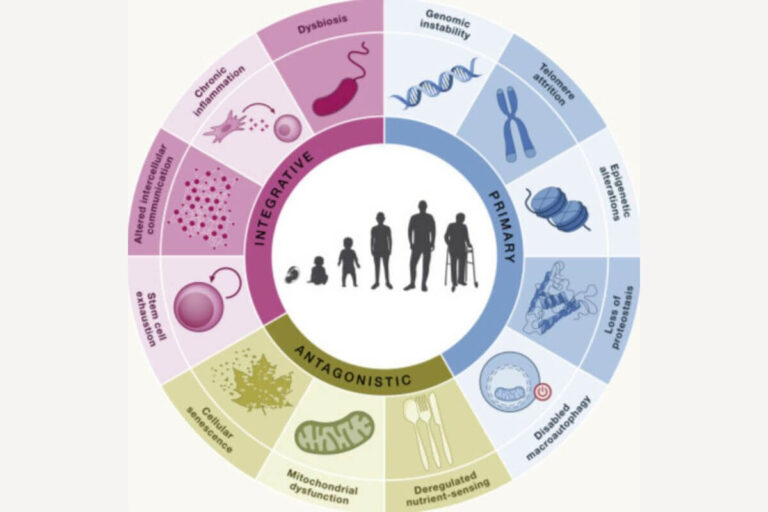The human lifespan has changed dramatically over the past centuries. From an average of 30–40 years in ancient times, the global life expectancy has risen to over 70 years, with some countries exceeding 80 years. What has driven this increase, and what can we expect in the future?
Lifespan in Prehistoric Times
During prehistoric times, the average lifespan was around 30 years. This was largely due to high child mortality rates, a lack of medical knowledge, and dangerous living conditions. However, individuals who survived childhood could sometimes live into their 60s or even longer.
The Middle Ages and Early Modern Era
In the Middle Ages, life expectancy remained low, particularly in Europe, due to diseases like the plague and poor hygiene. The average lifespan ranged from 30 to 40 years. It wasn’t until the 17th and 18th centuries, during the Industrial Revolution, that significant improvements in medicine and public health began to extend human lifespans.
Modern Times
The 20th century marked a dramatic leap in life expectancy, especially in developed countries. Vaccines, antibiotics, and improved nutrition played pivotal roles. Today, factors like advanced healthcare systems and healthier lifestyles are key to our increased longevity.
Key Factors That Increased Human Lifespan
- Medical Advancements
Vaccinations and antibiotics have drastically reduced mortality from infectious diseases. Example: The smallpox vaccine, which eradicated the disease globally. - Improved Hygiene
The introduction of sanitation systems and clean drinking water significantly reduced the spread of diseases like cholera and dysentery. - Better Nutrition
Access to nutritious food has reduced malnutrition and vitamin deficiencies, contributing to better health. - Vaccination and Public Health Programs
Mass vaccination campaigns against diseases like measles and polio have saved millions of lives. - Advances in Medical Treatment
Conditions like heart disease, which were once leading causes of death, are now managed with advanced treatments and surgeries. - Education and Awareness
Increased education about hygiene, diet, and health has improved lifestyles and preventive measures.
The Oldest Person in the World
Today, the longest verified lifespan belongs to Jeanne Calment of France, who lived to the age of 122 years and 164 days, passing away in 1997. Some remarkable facts about Jeanne include that she continued cycling until her hundredth birthday and did seated gymnastics when she was 110—but didn’t stop smoking until she was 117. She had dessert with every meal and enjoyed chocolate, sometimes indulging in a kilogram (2.2 lb) per week. Despite several habits that are typically associated with shorter lifespans, like smoking, Jeanne Calment’s longevity remains a fascinating example. Calment died of unspecified causes.
Is There a Limit to Human Lifespan?
Many scientists today question whether there is a natural limit to how long humans can live. With new technological and medical breakthroughs, such as stem cell research, genetics, and artificial intelligence, we see opportunities to not only treat but also slow down or even reverse aging.
A growing movement in the scientific community views aging as a disease rather than an inevitable process—something that can be prevented and treated. If (or when) these visions become reality, we could not only live longer but also enjoy healthier and higher-quality lives as we age.







